Welcome to a new issue of the Journal of Runic Studies, the premier Malkioni publication for studies into the nature of Glorantha. If you haven’t subscribed yet, please consult with the spirit bound to the appropriate electronic page.
God Learner Sorcery
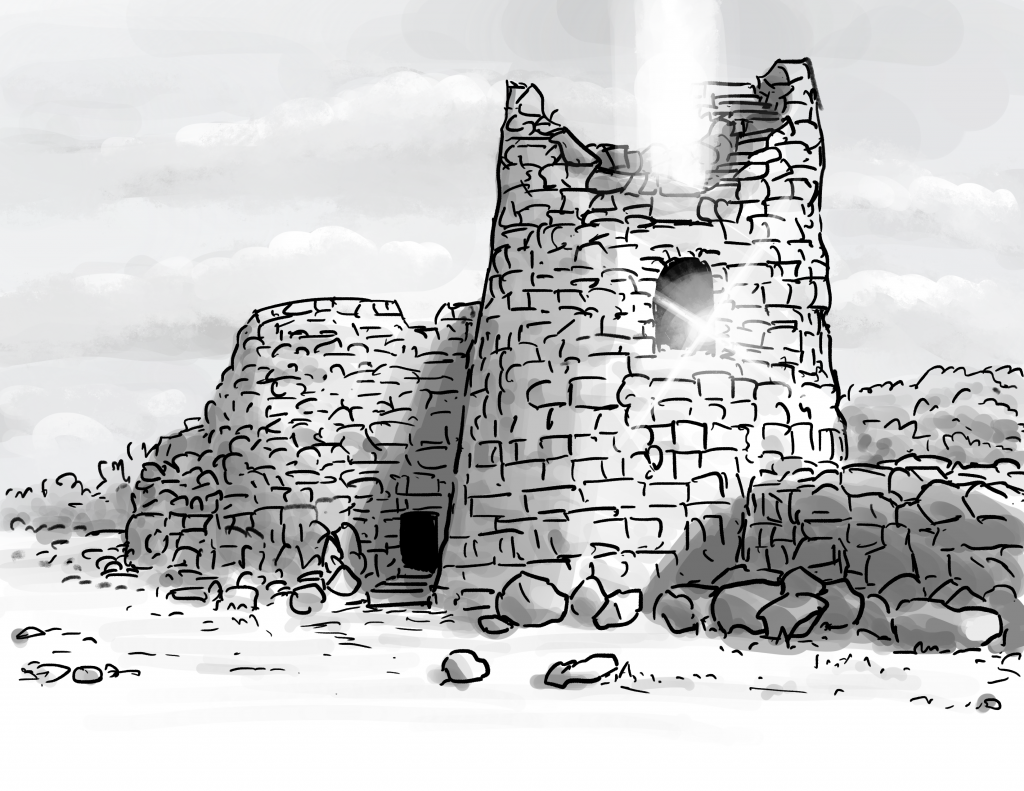
Here is what us God Learners were up to this week.
Glorantha Initiation Episode 12: Chris, Lived-in Worlds, and Grounded Campaigns
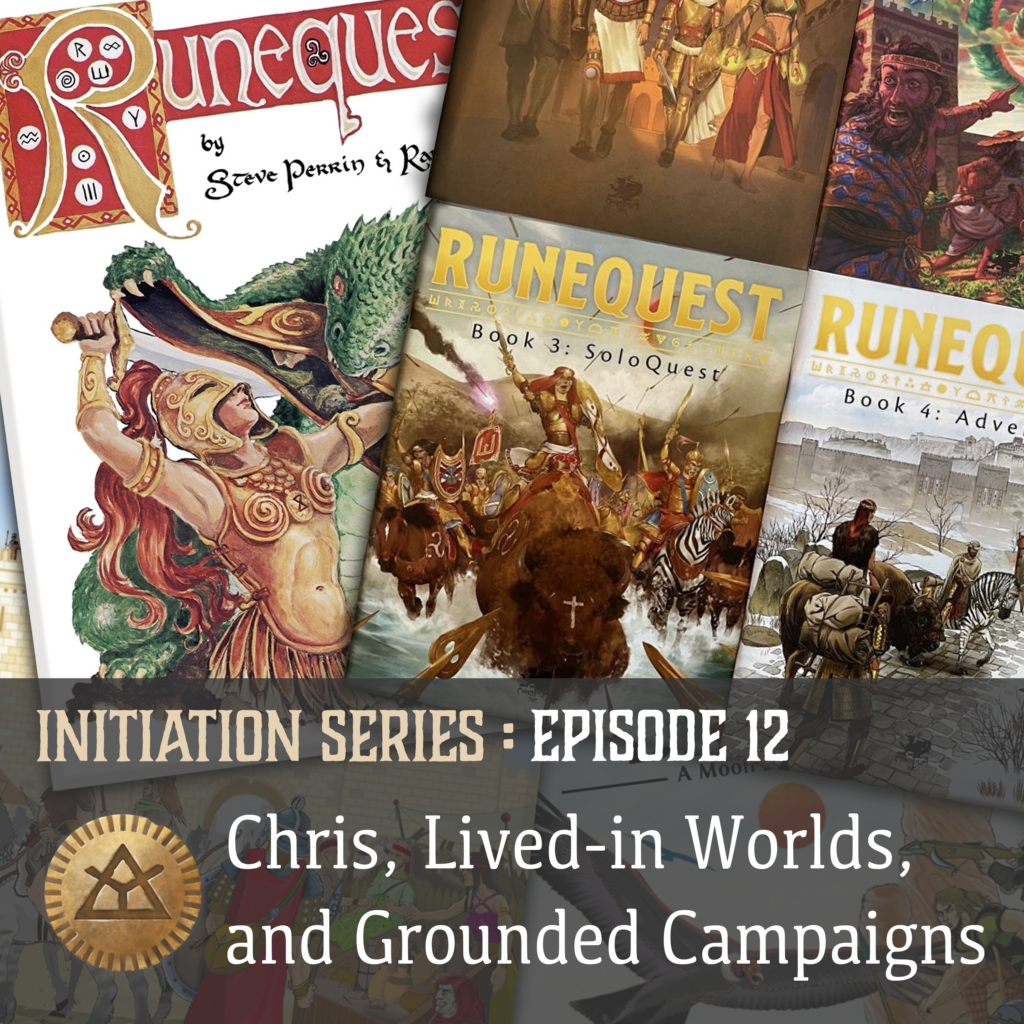
We released episode 12 of our Glorantha Initiation Series, in which we welcome Chris who went from RQ2 to RQG in just a few weeks! He doesn’t have an ongoing RuneQuest game yet but we talk about his sudden love for Glorantha, playing soloquests, “grounded” adventures, and his plans for a future Esrolian trading campaign.
Chaosium News

Here are this week’s Chaosium news!
The “Write Your First Adventure” Workshop Returns
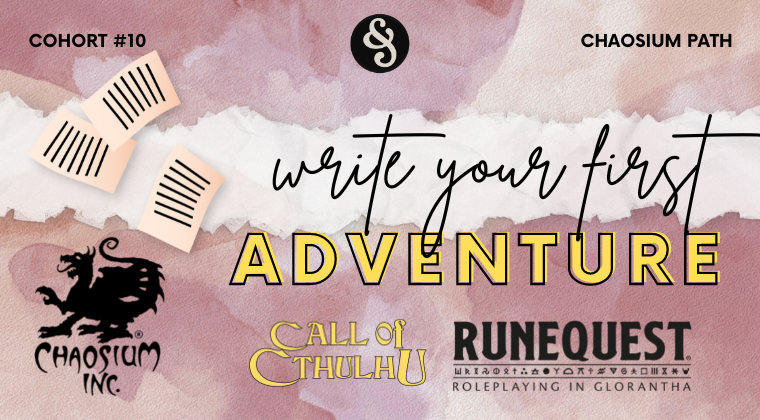
The RPG writing workshop that guides you through making your first adventure is returning for the winter! Chaosium is presenting again their two “paths”, one for writing a Call of Cthulhu adventure, and one for writing a RuneQuest adventure. The course will run through the month of November and costs $39.
Halloween Sale on DriveThruRPG

Chaosium is part of the Halloween Sale on DriveThruRPG, including a few items from the Jonstown Compendium such as the Seven Tailed Wolf or Holiday Dorastor: Woods of Terror. All these PDFs are 20% off. Check them out!
Jonstown Compendium

The Jonstown Compendium is Chaosium’s community content program for all Gloranthan games, hosted on DriveThruRPG. Disclaimer: all the relevant links are affiliate links that hopefully will let us cover some of the hosting and maintenance costs for the website and podcast! Thanks for using them!
Hero Wars in the East Isles
Hannu Rytövuori, David Cake, and Nils Weinander have released their two books about the East Isles, giving you a lot of material to play in parts of Glorantha that definitely won’t look like anything you’re used to.
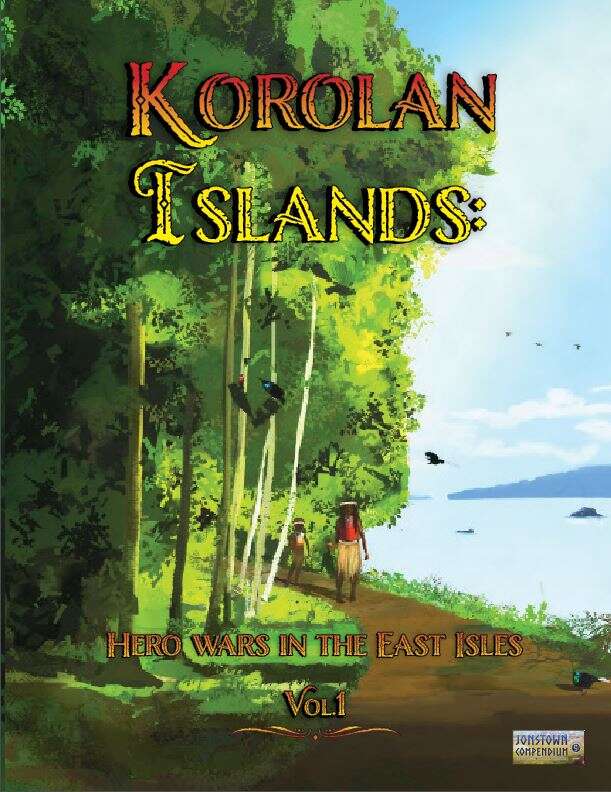
The first volume is a sourcebook about the Korolan archipelago. It details the island’s history and geography, the people who live there and the gods they worship, and even a chapter about East Islander martial arts!

The second volume contains four scenarios to play in the Korolan islands, which is enough for decently sized campaign away from the stereotypes of Dragon Pass!
Holiday Dorastor: Ragnaglar’s Breath
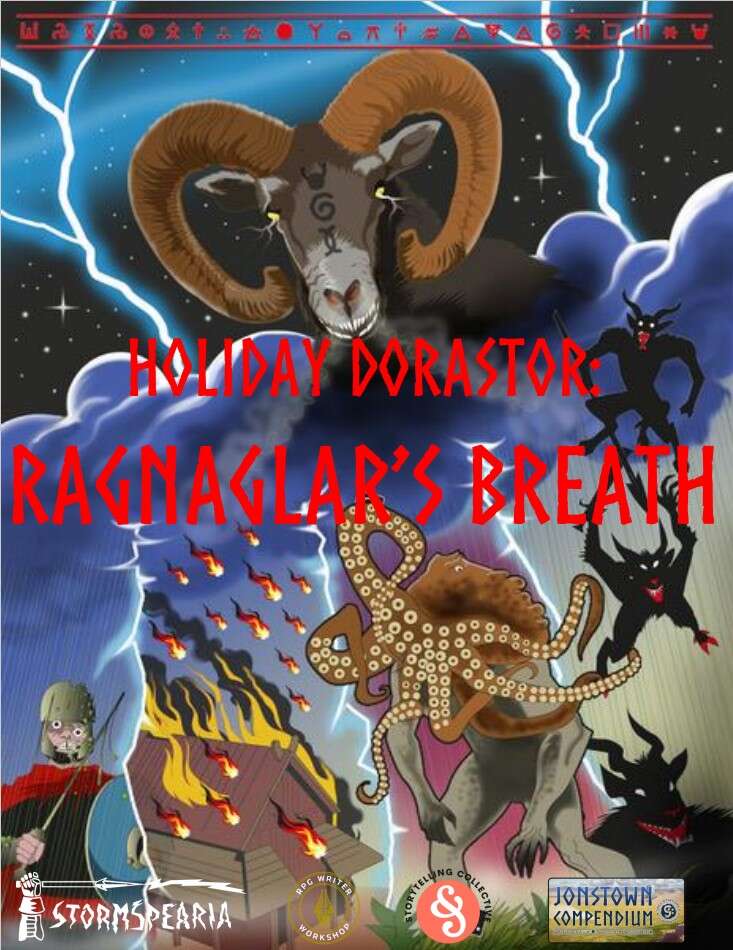
Simon Phipp continues his long tour of Dorastor with a new entry in the “Holiday Dorastor” series, which he apparently wrote while following that “Write Your Own Adventure” workshop.
Here, you will find three new locations, and a set of scenarios and HeroQuests allowing you to banish Ragnaglar’s Breath from the Risklands.
News About Duckpac
Neil Gibson shared some great news on Facebook:
We’re incredibly proud to announce that DuckPac – Book 1: Myths, Legends & Lore has reached Electrum bestselling level!
As such we’ve been given the thumbs up from the ever supportive Chaosium team and can let you know of the impending Print On Demand versions.
The current plan is to release:
– Books 1 & 2 in a single hardback book.
– Book 3 (Redfeather Dreaming SoloQuest) in a standalone softback book as suits the play-style. and finally…
– Book 4 will be released simultaneously in both digital AND Print On Demand formats (currently ~170 pages in hardback)We’re currently finalising POD versions for 1, 2 & 3 and playtesting the scenarios for Book 4. Given our location (down-under AND the UK) we’re hoping for an early December launch.
You can get the PDFs of Duckpac here: book 1 (sourcebook on ducks), book 2 (adventurers), and book 3 (soloquest).
Jeff’s Notes

Jeff Richard, the current mastermind on everything Gloranthan at Chaosium, is often posting notes and thoughts on the RuneQuest Facebook group. Here’s our curated list from the past week. A partial archive of these sources is compiled on the Well of Daliath.
The Invisible God
The Invisible God is one of Glorantha’s cool secrets:
The Invisible God is abstract, the ultimate reality in the universe. It is Brahman, the Ein Sof, the Unmoved Mover, the One. The Invisible God does not change, but is the cause of all. The Invisible God is unity, undivided, infinite, and the single binding truth behind diversity in the universe.
The name-dropping merits a bit of annotation:
- Brahman is the Hindu metaphysical concept that binds all of the universe. It’s the universal principle of reality, and the truth that many strive to uncover and experience. It’s also probably something I just very badly described. But you get the gist.
- Ein Sof is sort of the same thing, unsurprisingly, but in the Kabbalah. Hebrew scholars interpret it as God as it was before it manifested itself anywhere in the spiritual or physical worlds.
- The Unmoved Mover, or Prime Mover, is from Aristotelian philosophy. It’s the first thing that every did a thing in the universe without having had a thing done to it first. You could say it’s the first quantum event in all of time.
- The One is many things — a Chinese restaurant in my neighbourhood, a shopping centre in Hong Kong, an action movie starring Jet Li, or a comicbook series by the amazing Rick Veitch. But I assume Jeff here is referring to the Neoplatonic concept of the unknowable beginning and end of all existence. But maybe he’s talking about Jet Li. I think both really apply here. I may or may not imagine the Invisible God as a dimension-hopping Jet Li, now. This opens up so many possibilities…
Next to the Invisible God, all others are infinitely small, localized, and insignificant. They may be called on or used if necessary, but the Invisible God is the All.
The zzaburi are, among other things, the “priests” of the Invisible God. The Invisible God provides no Rune magic, not spirits, or Divine Intervention. But as the ultimate reality in the universe, study and contemplation of the Invisible God gave rise to sorcery, a rational system that allows mortals to understand and command the natural laws of the cosmos.
The way I see it, these sorcerers developed sorcery the same way Plato developed western philosophy and Galileo developed modern western science. This is very unlike the other types of magic that are directly provided by spirits and gods.
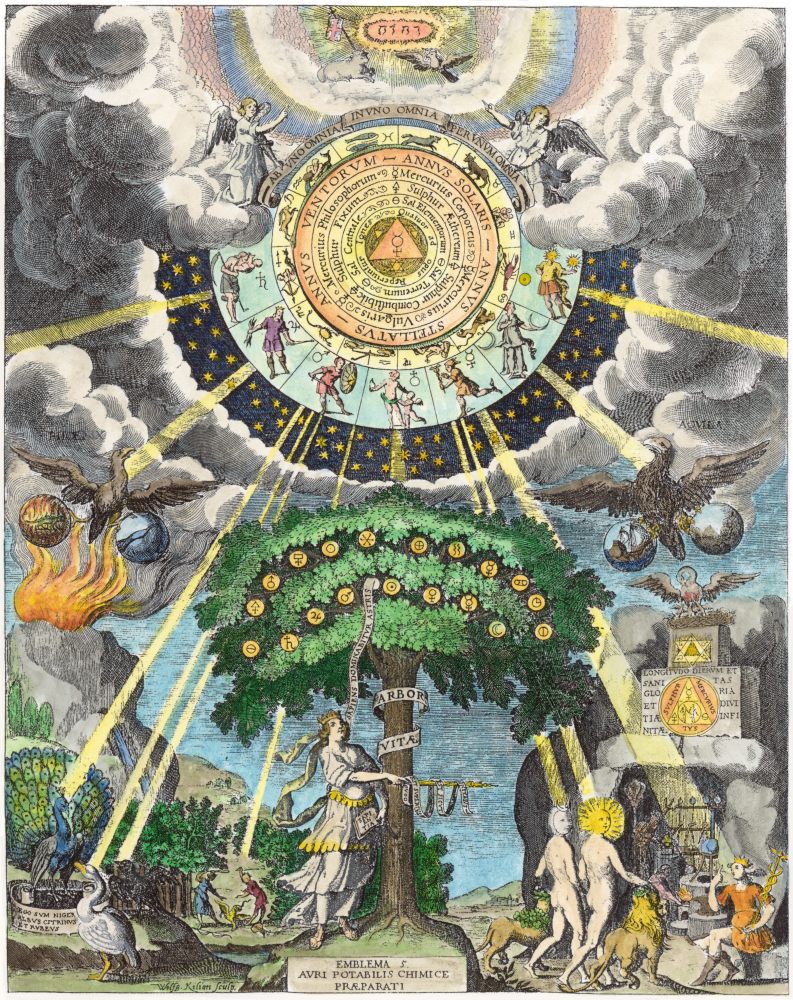
So one way of thinking about the zzaburi is that they are brahmins, performing Brahma-yajna before the altar of the Invisible God, surrounded by geometric mandalas that depict cosmological mathematics. They chant, sing, and recite, while the rest of the community come by and offer gifts and obeisance.
I think defining Malkionism raises some of the same problems as trying to define Hinduism. Malkionism includes a diversity of ideas on spirituality and tradition, and within Malkionism are polytheists, pantheists, pantheists, henotheists, monotheists, and even atheists. Even caste is a subject of debate within Malkionism. Maybe it is merely the presence of sorcerer-priests of the Invisible God that makes it Malkionism? Maybe not even that?
Brahmins form the “priest caste” of Hindu society… which is funny because I just now realized how the Hindu castes are very reminiscent of the Malkioni society:
- In Malkioni society we have the Dronars (workers and farmers), Horali (warriors and soldiers), Talars (rulers and nobles), and Zzaburi (priests and sorcerers).
- In Hindu society, we have the Shudras (artisans and laborers), Vaishyas (farmers and merchants), Kshatriyas (rulers and warriors), and Brahmins (scholars and priests).
And if you want some ideas for Men-of-All, the Hrestoli Malkioni people who try to master all castes’ secrets, there is also some historical evidence for Brahmins that also became farmers, warriors, traders, and other occupations.
However, Jeff warns against taking the analogy too far between the Zzarburi and the Brahmins. For instance, it looks like Brahmins are supposed to live in strict austerity and voluntary poverty, but I very much doubt many Zzaburi wouldn’t be dressed in elaborate clothes and living in big towers full of esoteric stuff.
What I mostly take from this analogy is that, just like the Brahmins, the Zzaburi might be split between many different occupations: teachers, authors, philosophers, priests, jurists, alchemists, warrior-mages, and so on.
The Vadeli
Here’s a note about the Vadeli, the immortal colour-coded sociopaths who mostly live in the islands far off the western coast of Genertela. There used to be four types of Vadeli: the blue-skinned wizards, the yellow-skinned… err, I assume leaders, the red-skinned warriors, and the brown-skinned sailors and merchants (and probably other types of workers). We’ll skip quickly on the unfortunate choice of skin colour for the worker caste, and go straight to the fact that only the brown-skinned Vadeli survive to the modern day, with a few red-skinned warriors. They are have immortality as long as they strictly adhere to their precise caste rules.
There are about 150,000-200,000 Vadeli in Glorantha, most in the Vadeli Islands or Pamaltela. That’s roughly the same number as Brithini in Arolanit and Sog City.
Although they are descended from Malkion, the Vadeli are antinomian and knowingly transgress against the laws that bind other Malkioni. Despite this (or perhaps because of this) they are immortal and unaging.
As far as I can tell, the Brithini are like the Vadeli, in the sense that they live in a caste system derived from Malkioni laws, and that they’re immortal as long as they follow their caste rules. The main differences are that the Brithini aren’t colour-coded, and, as noted in the quote above, that the Vadeli actively reject Malkioni laws, so their caste rules seem to be, on purpose, going against these laws. It looks to me like they both achieve immortality by either doing what Malkion said, or by doing the opposite of what Malkion said… maybe if you do everything to piss off the laws of the universe, the most important law of the universe, Time, is also pissed at you and doesn’t apply to you.
Almost all Vadeli encountered in the mundane world belong to the Brown Vadeli, mostly sailors and traders. A few unfortunates have encountered Red Vadeli, the warrior caste.
You might not see a Red Vadeli very often outside the Vadeli Isles, but I figure you would definitely spot a few Brown Vadeli in Nochet, Karse, and other major market ports. There might be an odd one or two passing by Boldhome or Furthest, but I think they mostly stick to maritime trade.
Given that the Brown and Red Vadeli look different (the Red Vadeli have red skin after all!), we might actually be dealing with different types entities all classified as “Vadeli” and these might be more like different “castes” in an ant community than the castes we see with mundane Malkioni.
In the Guide, the Vadeli are portrayed as normal humans with coloured skin, but maybe they don’t actually look human? Maybe they are close, but not quite? Some sort of uncanny valley people?
Glorantha is a Bronze Age Setting
Jeff gives the familiar lecture about Glorantha being a Bronze Age setting but with many differences.
People use bronze instead of iron, use ox-plows, and so forth. But it is a fantasy Bronze Age setting, not a historical one set in the real world. We have silver coins, plenty of writing, ship transport between the continents, and giant flying Crimson Bats.
In short there are Real World historical analogies to use, but they are just analogies and sources of inspiration – recognize their limits. Glorantha is a fantasy, not a historical simulation.
I’m torn about this. I increasingly find that “Bronze Age” is a problematic term here.
Before I got into Glorantha, I only had a very vague conception of what the Bronze Age is exactly… so when I looked it up to educate myself a bit, I obviously ran into this “upper limit” of 1200 BCE, which marks the Bronze Age collapse (at least around the Near East and parts of Europe and Maghreb). So this got confusing given how Chaosium is basing a lot of their world-building on both Bronze Age and post-Bronze Age things like Alexander’s conquests and empire, the Peloponnesian War, and so on.
On the other hand, Glorantha is such a mix of various influences that it’s hard to pinpoint the best starting point for an elevator pitch in the form of “it’s like X, but with Y and Z“.
Personally, I would start with something more directly familiar, even if it needs to be course-corrected later in play. For instance, I would start with “Sartar is like Ancient Greece, but up in the mountains, and with magic everywhere.” Or “the Lunar Empire is more advanced, like the Romans, only with crazy-ass weapons of mass destruction like meteor magic and big monsters“. Or “Praxians are nomads like the Dothraki if you’ve watch Game of Thrones? But they’re split in tribes that each rides a different beast“.
I’m sure many of you are already jumping up, ready to go “well no…” but I’m gonna stop you right there. The point here is not to be exact. The point is to give a hopefully exciting starting mental picture upon which to build something. My reasons for these choices are:
- Ancient Greece and Romans are very familiar, so almost everybody will be able to picture them. Scythians, Mesopotamian city states, or the fine points of Hittite society aren’t.
- Many things that Gloranthan fans think are important are actually only details. Most sane players don’t care that their weapons are “actually made of bronze, not iron“. Sure, it’s notable, but that doesn’t need to go in the elevator pitch. Even saying that Lunar weapons are “actually curved blades, like Persian weapons” can be specified later when the party encounters their first Lunar people. It’s not important when painting a general picture of the world in two minutes.
But the problem remains about how to describe Glorantha as a whole… I do agree with Jeff that “Iron Age” is a bit problematic too, although to me it’s mostly because, again, it requires knowing what qualifies as “Iron Age” or not, whereas Jeff is mostly concerned about, like I said, a simple detail:
Note that calling Glorantha “Iron Age” gets very misleading. First and foremost nobody except the dwarves makes widespread use of iron (and most bronze in Glorantha is a mixture of tin and copper).
At this point, I would frankly describe Glorantha as an “Ancient World” setting. It’s maybe a bit less catchy than “Bronze Age”, but anybody who looks up that term will find that it covers everything from the Stone Age to the Bronze Age to the Iron Age, neatly covering a lot of bases for all Gloranthan cultures. Would this simple change have reduced my initial confusion with Glorantha though? Hard to say.
Edit: over on Discord, Effy tells me in, errr, a menacing way that she would use “Antiquity” instead. That’s another fine choice! I like that it better signals that we are talking about a historical period (whereas “Ancient World” could be seen as just a turn of phrase). I just find it even harder to use in a slogan (“Glorantha is an antiquity setting”?).
Community Roundup
The community roundup is our highlight of interesting things being mentioned in the Glorantha-related Facebook groups, sub-Reddits, and other similar online places.
Exploring Glorantha Goes to Esrolia
You know the drill by now, I hope! JM and Evan tell you everything about Esrolia, the “Land of 10,000 Goddesses”. Remember that if you support Iconic Productions on Patreon (which includes a lot more than just Exploring Glorantha), you get perks such as the full notes that JM and Evan use for their shows. I found that it’s a great resource to use as a first research step, like an index of sort.
Lunares Eunt Domus
As mentioned previously, the Lunars are Romans… so it follows that multiple people will want to make some Monty Python joke out of it. And while you’ll find a few Jonstown Compendium publications including it in the text, Chris Went seems to be the first genius who made it as a miniatures scene!
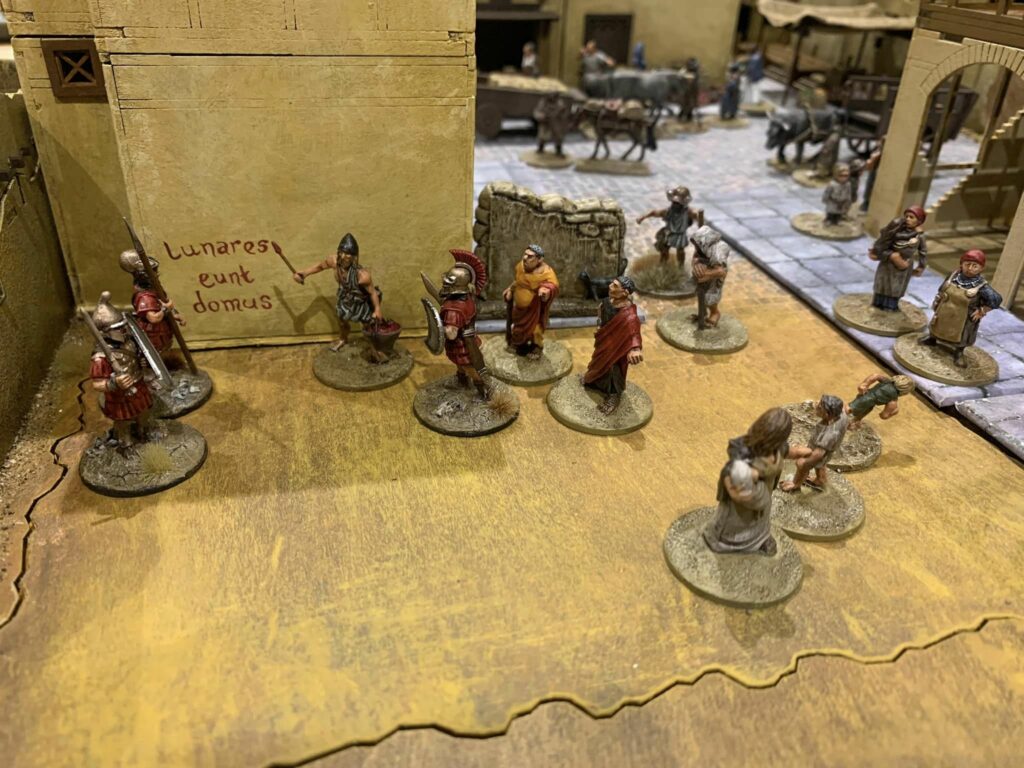
Thank you for reading
That’s it for this week! Please contact us with any feedback, question, or news item we’ve missed!


